Research on Short-Term Energy Consumption Forecasting for Cold Regions Based on the TCN–Transformer Model
Abstract
1. Introduction
2. Relevant Literature
2.1. Current Research on Building Energy Consumption Forecasting
2.2. TCN—Current Applications of Transformer Models
3. Research Methodology
3.1. Research Overview
3.2. Selection of Research Subjects
3.3. Parameter Selection and Data Preprocessing
3.3.1. Preliminary Selection of Model Input Parameters
3.3.2. Parameter Correlation Analysis
3.3.3. Data Preprocessing
3.4. TCN–Transformer Model Construction
3.5. Model Training Phase with Denormalisation and Validation
3.6. Denormalisation and Validation
4. Building Energy Consumption Forecast Results
4.1. Prediction Results
4.2. Comparison of Predictive Model Evaluation Metrics
4.3. Baseline Model Comparison
5. Results and Discussion
Author Contributions
Funding
Institutional Review Board Statement
Informed Consent Statement
Data Availability Statement
Conflicts of Interest
References
- Yang, W. China Accelerates Green and Low-Carbon Energy Transition. Available online: https://www.gov.cn/yaowen/liebiao/202407/content_6964065.htm (accessed on 22 July 2025).
- Jian, Z.; Shuai, Z.; Lei, S. The Impact of Technological Progress in China’s Major Energy-Consuming Industries on Energy Conservation and Emission Reduction and Prospects. Resour. Sci. 2017, 39, 2211–2222. [Google Scholar]
- Wei, C.; Yongle, L.; Nan, Z.; Xuan, J.; Lili, W. Research on Heat Recovery Energy-Saving Retrofit of Old Office Buildings in Severe Cold Regions. Build. Energy Conserv. 2024, 52, 130–135. [Google Scholar]
- Nianci, L.; Peiyang, D.; Zhaojun, W. Assessment of Electricity Energy Consumption of Passive Houses in Severe Cold Regions. Gas Heat 2023, 43, 15–21. [Google Scholar] [CrossRef]
- Xu, L.; Tong, S.; He, W.; Zhu, W.; Mei, S.; Cao, K.; Yuan, C. Better Understanding on Impact of Microclimate Information on Building Energy Modelling Performance for Urban Resilience. Sustain. Cities Soc. 2022, 103775, prepublish. [Google Scholar] [CrossRef]
- Yong, L.; Deyan, W.; Lu, Z.; Guangming, C.; Xuelai, L. Application of Neural Networks in Building Energy Consumption Prediction in Cold Regions. J. Shandong Univ. Archit. 2020, 35, 1–6. [Google Scholar]
- Jing, J.; Ziyi, Y.; Haoqing, N. The Impact of Short-Term Thermal Experience in College Classroom during Transitional Season on Thermal Comfort and Thermal Adaptation. J. Xi’an Polytech. Univ. 2023, 37, 1–7. [Google Scholar] [CrossRef]
- Kuixing, L.; Yihong, J.; Gang, L. The Impact of Seasonal Factors on Human Thermal Comfort Evaluation in University Classrooms. Build. Energy Conserv. 2018, 46, 25–28+32. [Google Scholar]
- Culaba, A.B.; Del Rosario, A.J.R.; Ubando, A.T.; Chang, J. Machine learning-based energy consumption clustering and forecasting for mixed-use buildings. Int. J. Energy Res. 2020, 44, 9659–9673. [Google Scholar] [CrossRef]
- He, L.; Zou, D. A Study on the Thermal and Moisture Transfer Characteristics of Prefabricated Building Wall Joints in the Inner Mongolia Region. Buildings 2025, 15, 2197. [Google Scholar] [CrossRef]
- Zheng, H.; Wang, F.; Wang, H.; Wang, Y. Numerical Analysis of the Dynamic Heat and Moisture Coupling Transfer Within Typical Building Walls in Severe Cold Region of China. In Proceedings of the 11th International Symposium on Heating, Ventilation and Air Conditioning (ISHVAC 2019), Harbin, China, 12–15, July 2019; Wang, Z., Zhu, Y., Wang, F., Wang, P., Shen, C., Liu, J., Eds.; Environmental Science and Engineering; Springer: Singapore, 2020. [Google Scholar] [CrossRef]
- Cao, W.; Meng, Z.; Li, J.; Wu, J.; Fan, F. A Remaining Useful Life Prediction Method for Rolling Bearing Based on TCN-Transformer. In IEEE Transactions on Instrumentation and Measurement; IEEE: New York, NY, USA, 2025; Volume 74, p. 3501309. [Google Scholar] [CrossRef]
- Yuan, H.; Zhang, J.; Zhang, L.; Zhang, Z.; Wang, Z. Vehicle Trajectory Prediction Based on Posterior Distributions Fitting and TCN-Transformer. IEEE Trans. Transp. Electrif. 2024, 10, 7160–7173. [Google Scholar] [CrossRef]
- Hewage, P.; Behera, A.; Trovati, M.; Pereira, E.; Ghahremani, M.; Palmieri, F. Temporal convolutional neural (TCN) network for an effective weather forecasting using time-series data from the local weather station. Soft Comput. 2020, 24, 16453–16482. [Google Scholar] [CrossRef]
- Chen, J.; Liu, B.; Lin, W.; Zheng, J.; Xie, J. A Review of Time Series Forecasting Methods Based on Transformers. Comput. Sci. 2025, 52, 96–105. [Google Scholar]
- Li, X.; Yu, J.; Zhao, A.; Hou, S.; Mao, Y. Time Series Prediction Method Based on Sub-Metering in Building Energy Performance Evaluation. J. Build. Eng. 2023, 72, 106638. [Google Scholar] [CrossRef]
- Jiwei, L.; Guohui, F.; Li, X. Research on Machine Learning Regression Models for Building Energy Consumption Prediction. J. Shenyang Univ. Archit. Nat. Sci. Ed. 2021, 37, 1098–1106. [Google Scholar]
- Ji, J.; Yu, H.; Wang, X.; Xu, X. Machine learning application in building energy consumption prediction: A comprehensive review. J. Build. Eng. 2025, 104, 112295. [Google Scholar] [CrossRef]
- Hosseini, S.; Fard, R.H. Machine Learning Algorithms for Predicting Electricity Consumption of Buildings. Wirel. Pers Commun 2021, 121, 3329–3341. [Google Scholar] [CrossRef]
- Yiting, C.; Suli, Z.; Guanghao, Y. A Review of Building Electricity Energy Consumption Prediction. China Build. Mater. Sci. Technol. 2024, 33, 88–93. [Google Scholar]
- Guozhi, Z.; Ziqing, W.; Bao, Y.; Xiaoqiang, Z. Office Building Energy Consumption Prediction Based on CNN-RNN Hybrid Model. J. Shanghai Jiao Tong Univ. 2022, 56, 1256–1261. [Google Scholar] [CrossRef]
- Congzhou, Y.; Penglin, X.; Jun, Q.; Chenxiong, Z.; Chen, L.; Wang, K. Research on Energy Consumption Load Prediction Model for Super-Large Buildings Based on Clustering and Random Forest Regression. Green Build. 2022, 14, 48–51+55. [Google Scholar]
- Mathumitha, R.; Rathika, P.; Manimala, K. Intelligent deep learning techniques for energy consumption forecasting in smart buildings: A review. Artif. Intell. Rev. 2024, 57, 35. [Google Scholar] [CrossRef]
- Fang, X.; Gong, G.; Li, G.; Chun, L.; Li, W.; Peng, P. A hybrid deep transfer learning strategy for short term cross-building energy prediction. Energy 2021, 215, 119208. [Google Scholar] [CrossRef]
- Lü, X.; Lu, T.; Kibert, C.J.; Viljanen, M. Modeling and forecasting energy consumption for heterogeneous buildings using a physical–statistical approach. Appl. Energy 2015, 144, 261–275. [Google Scholar] [CrossRef]
- Wei, S.; Bai, X. Multi-Step Short-Term Building Energy Consumption Forecasting Based on Singular Spectrum Analysis and Hybrid Neural Network. Energies 2022, 15, 1743. [Google Scholar] [CrossRef]
- Wu, W.; Deng, Q.; Shan, X.; Miao, L.; Wang, R.; Ren, Z. Short-Term Forecasting of Daily Electricity of Different Campus Building Clusters Based on a Combined Forecasting Model. Buildings 2023, 13, 2721. [Google Scholar] [CrossRef]
- Divina, F.; García Torres, M.; Goméz Vela, F.A.; Vázquez Noguera, J.L. A Comparative Study of Time Series Forecasting Methods for Short Term Electric Energy Consumption Prediction in Smart Buildings. Energies 2019, 12, 1934. [Google Scholar] [CrossRef]
- Yu, Y.; Zhang, C.; Wang, G.; Wang, X.; Yang, L. Short-term energy consumption prediction for university dormitory buildings based on energy consumption grouping by considering meteorological factors and teaching schedules. Energy Build. 2024, 312, 114219. [Google Scholar] [CrossRef]
- Jiao, Y.; Tan, Z.; Zhang, D.; Zheng, Q.P. Short-term building energy consumption prediction strategy based on modal decomposition and reconstruction algorithm. Energy Build. 2023, 290, 113074. [Google Scholar] [CrossRef]
- Cao, W.; Yu, J.; Chao, M.; Wang, J.; Yang, S.; Zhou, M.; Wang, M. Short-term energy consumption prediction method for educational buildings based on model integration. Energy 2023, 283, 128580. [Google Scholar] [CrossRef]
- Ouyang, Y.; Wan, D.; Gao, R.; Ye, Z. Research on Single-Phase Fault Line Selection in Distribution Network Based on TCN-Transformer Self-Attention. Microelectron. Comput. 2022, 39, 89–97. [Google Scholar] [CrossRef]
- Liang, X.; Chen, S.; Zhu, X.; Jin, X.; Du, Z. Domain knowledge decomposition of building energy consumption and a hybrid data-driven model for 24-h ahead predictions. Appl. Energy 2023, 344, 121244. [Google Scholar] [CrossRef]
- Lea, C.; Flynn, M.D.; Vidal, R.; Reiter, A.; Hager, G.D. Temporal convolutional networks for action segmentation and detection. In Proceedings of the IEEE Conference on Computer Vision and Pattern Recognition, Honolulu, HI, USA, 21–26 July 2017; pp. 156–165. Available online: https://arxiv.org/abs/1611.05267 (accessed on 5 November 2024).
- Zhang, J.; Luan, H.; Sun, M.; Zhai, F.; Xu, J.; Zhang, M.; Liu, Y. Improving the transformer translation model with document-level context. arXiv 2018, arXiv:1810.03581. [Google Scholar] [CrossRef]
- Civitarese, D.S.; Szwarcman, D.; Zadrozny, B.; Watson, C. Extreme precipitation seasonal forecast using a transformer neural network. arXiv 2021, arXiv:2107.06846. [Google Scholar] [CrossRef]
- Vale, L.D.N.; Maia, M.D.A. Towards a question answering assistant for software development using a transformer-based language model. arXiv 2021, arXiv:2103.09423. [Google Scholar] [CrossRef]
- Ruixiang, S.; Xiaoyu, Z. Short-term Photovoltaic Power Prediction Model Based on Probabilistic TCN-Transformer. Integr. Smart Energy 2024, 46, 10–18. [Google Scholar]
- Zhang, H.; Li, F.; Ma, Y.; Ji, W.; Zheng, Q. Research on Photovoltaic Power Forecasting Using PAM Combined with TCN to Optimise Transformers Computer Engineering. Comput. Eng. 2025, 51, 140–149. [Google Scholar]
- Chen, H.; Tian, A.; Zhang, Y.; Yuzi, L. Early Time Series Classification Using TCN-Transformer. In Proceedings of the 2022 IEEE 4th International Conference on Civil Aviation Safety and Information Technology (ICCASIT), Dali, China, 12–14 October 2022; pp. 1079–1082. [Google Scholar]
- Thapa, N.; Lee, J. Dual-Path Beat Tracking: Combining Temporal Convolutional Networks and Transformers in Parallel. Appl. Sci. 2024, 14, 11777. [Google Scholar] [CrossRef]
- Wu, L.; Yu, J.; Dai, Y.; Tianlu, G.; Jun, Z. Photovoltaic Power Generation Forecasting Based on TCN-Transformer Model. In Proceedings of the 2024 5th International Conference on Artificial Intelligence and Electromechanical Automation (AIEA), Shenzhen, China, 14–16 June 2024; pp. 620–626. [Google Scholar]
- Zhang, S.; Zhu, C.; Guo, X. Wind-Speed Multi-Step Forecasting Based on Variational Mode Decomposition, Temporal Convolutional Network, and Transformer Model. Energies 2024, 17, 1996. [Google Scholar] [CrossRef]



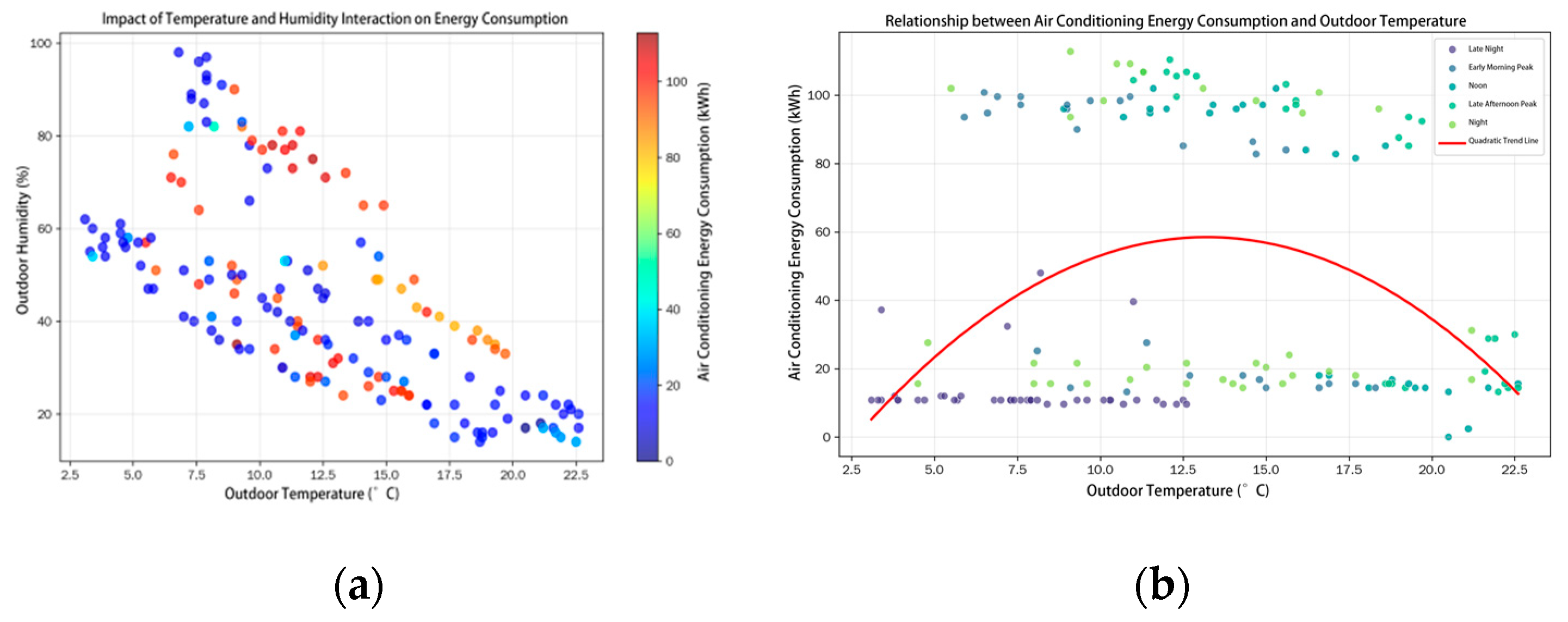
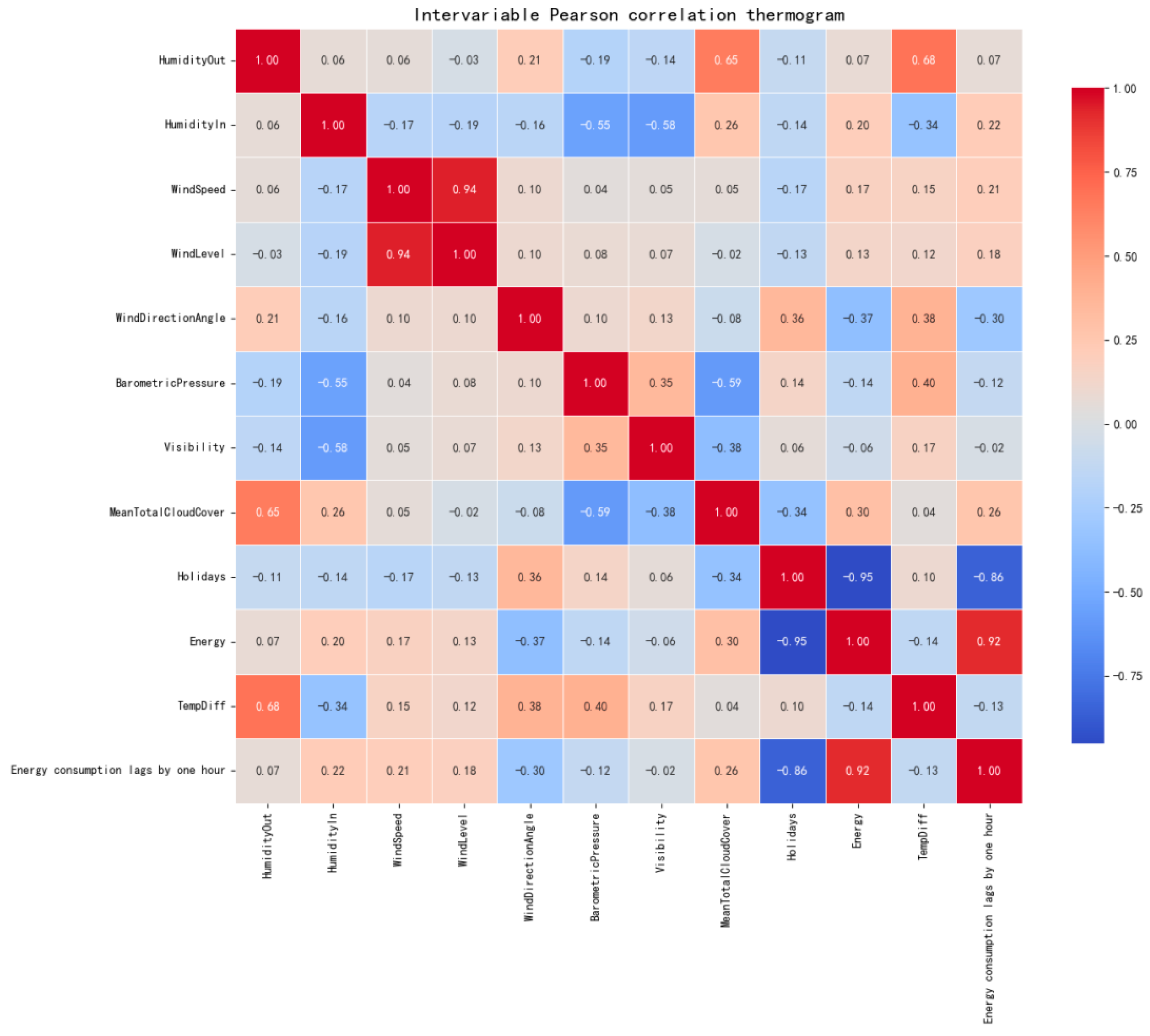

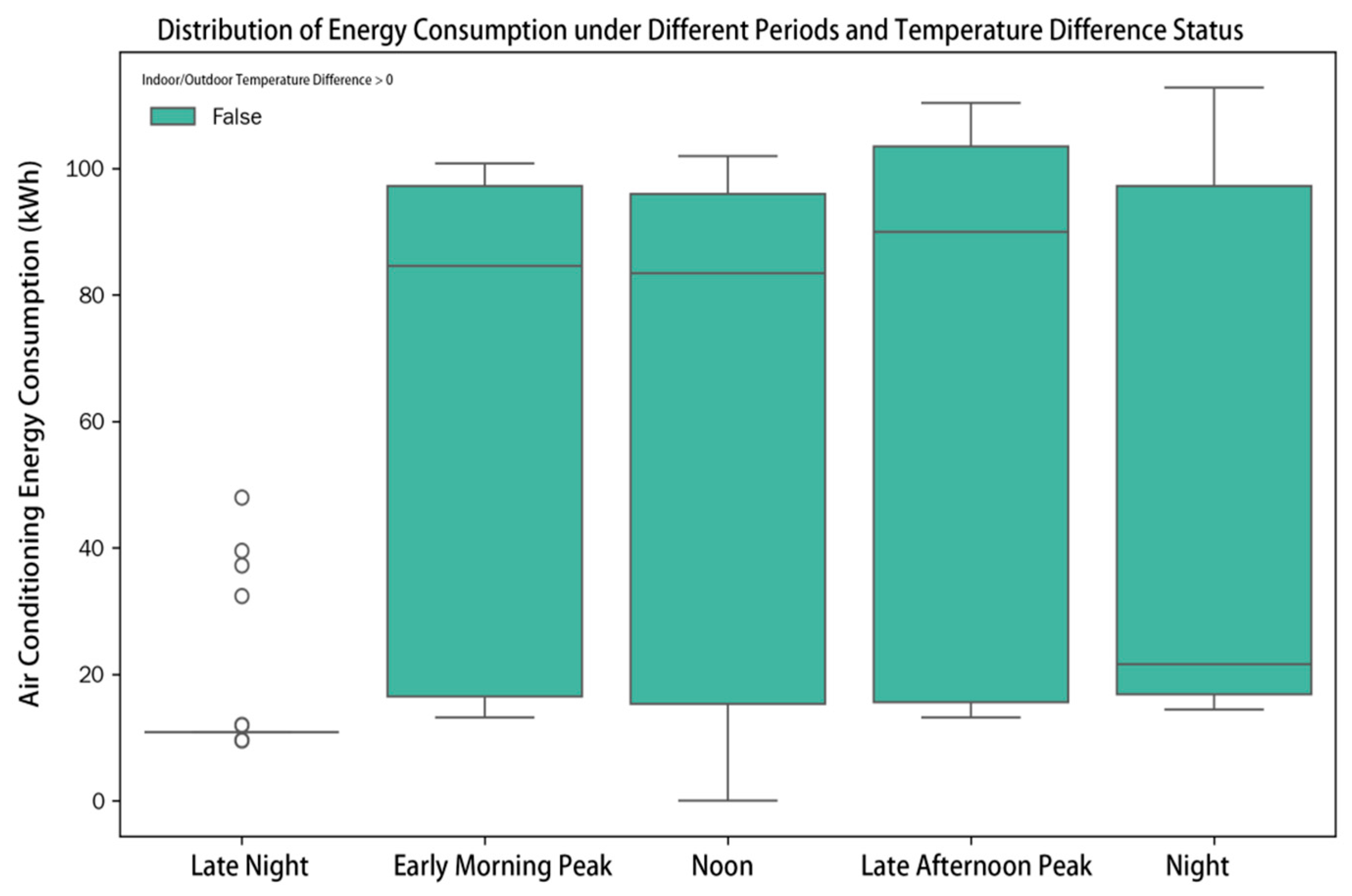


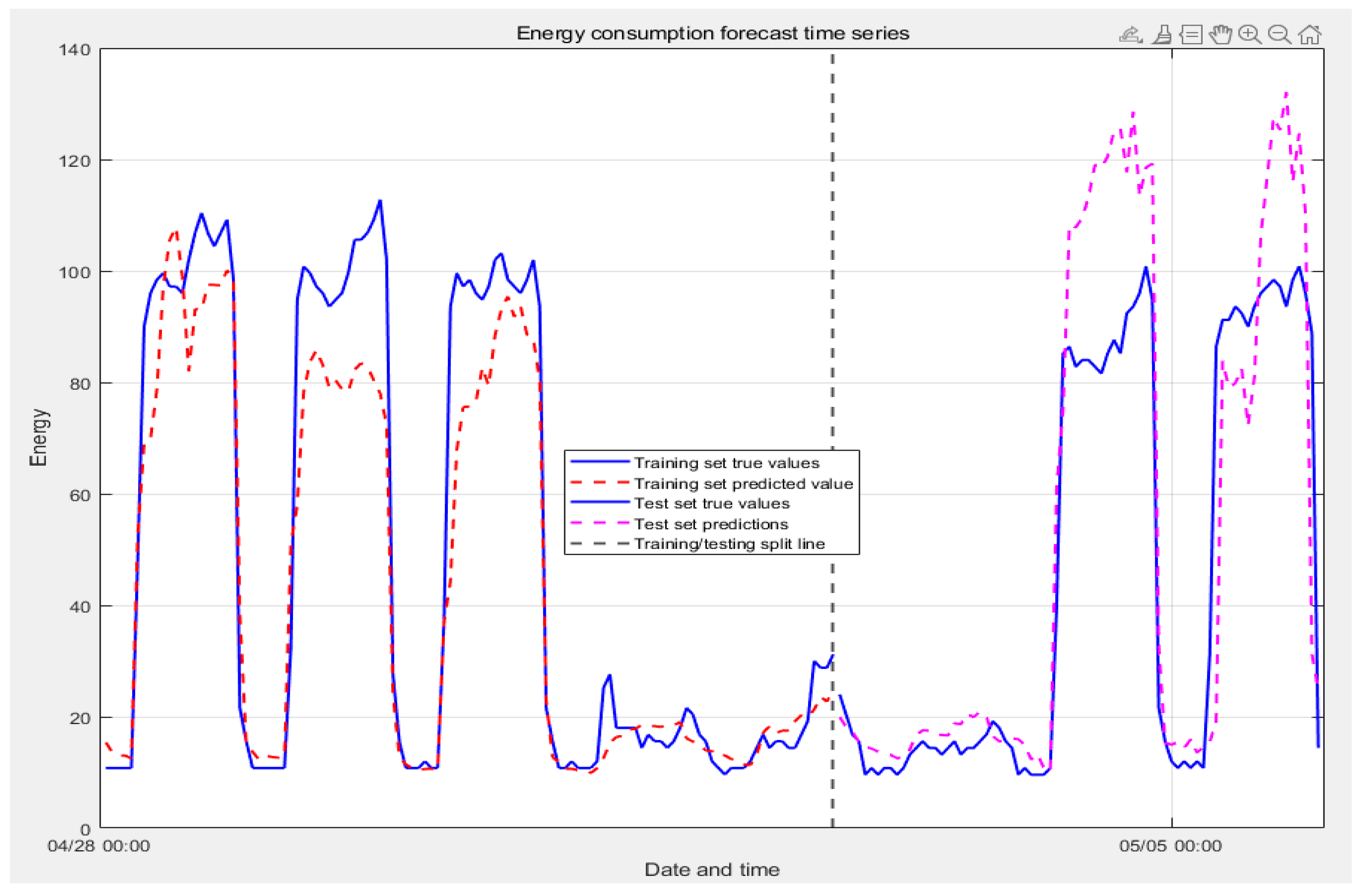

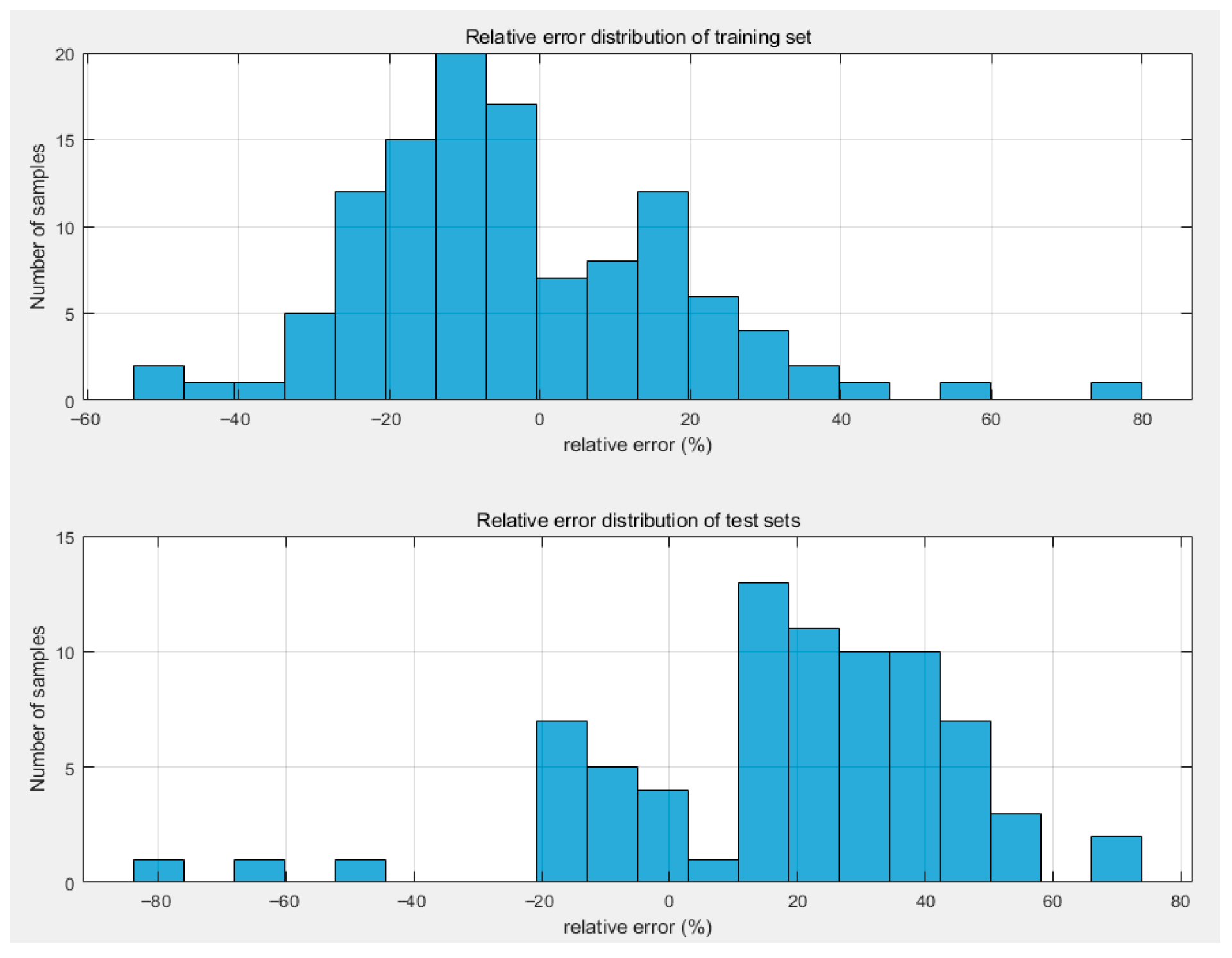
| Model Category | Representative Model | Core Strengths | Inherent Flaws | Limitations Under the Study Scenario (Transitional Season in Severely Cold Regions) |
|---|---|---|---|---|
| Statistical methods | ARIMA, regression analysis | Simple and computationally efficient | Assuming linear relationships makes it difficult to capture complex non-linear patterns | Poor ability to fit the complex variable-coupling relationships and the sharp temperature fluctuations during the transitional season |
| Traditional machine learning | SVM, RF | Capable of handling non-linear relationships, well suited to small and medium-sized datasets | Poor ability to capture long-term dependencies in time-series data, with complex feature engineering required | The dynamic relationship between energy consumption and lagged meteorological factors is difficult to learn |
| Deep learning (fundamentals) | LSTM, GRU, CNN | LSTM/GRU: excels at handling temporal dependencies; CNN: excels at local feature extraction | LSTM: slow training, prone to overfitting recent information; CNN: limited receptive field, struggles to capture long-term context | A single model struggles to efficiently handle both short-term fluctuations (such as gusts) and long-term cycles (such as holiday patterns) simultaneously |
| This study’s model | TCN–transformer | TCN: parallel computation with a large receptive field enables efficient capture of long-term dependencies and local patterns; transformer: the self-attention mechanism facilitates global capture of complex dynamic relationships between variables | Numerous parameters and requires substantial data for training | Targeted design: TCN addresses non-stationarity, while transformers model global dependencies; their integration aims to resolve the core challenges of this scenario |
| Selection Category | Specific Content | Selection Rationale |
|---|---|---|
| Spatial domain | Hohhot, Inner Mongolia | Climatic representativeness: protracted and severe winters with large diurnal temperature ranges and space-heating-dominated energy consumption Comparatively cool summers, yet rising cooling demand. Socio-economic profile: economically developed with high population density Architectural diversity: a wide spectrum of building typologies and vintages |
| Temporal window | Spring–summer transition (current monitoring campaign) | Complexity of energy demand: rapid outdoor temperature fluctuations attenuate heating loads while amplifying cooling loads, yielding pronounced non-linear energy signatures Prominence of key determinants: solar gains, dynamic envelope heat transfer, and natural-ventilation potential exert significant and strongly interactive effects on consumption Data-acquisition feasibility: by avoiding the district-heating season, we circumvent challenges arising from fragmented heating-energy data, insufficient or inaccurate metering, error-prone manual readings, unreliable data transmission, and the difficulty of quantifying occupant behaviour |
| Building sample | A university library in northern China (GFA: 9800 m2; 4 above-ground storeys; reinforced-concrete frame; large-span open-plan reading halls; central HVAC + DOAS) | Moderate scale: a mid-sized footprint allows exhaustive and high-resolution collection and analysis of energy-use data Typical spatial configuration: the large-span, open-plan reading halls impose distinctive load patterns, facilitating investigation of the energy implications of spatial layout and structural form (reinforced-concrete frame) Systematic representativeness: the integration of central air-conditioning and dedicated outdoor air systems, which dominate total energy consumption, enables characterisation of their transition-season performance and interactions with other drivers Well-defined functional zoning: markedly different occupancy schedules and intensities across reading rooms, book stacks, and administrative offices support disaggregated analysis of energy composition and temporal trends High data reliability: the university’s mature monitoring and management infrastructure ensures long-term, continuous, accurate, and verifiable energy records Archetypal case: as a core academic building in northern China, its energy profile and operational regimes are highly representative; the local climate and energy-supply context (distinct from southern China) enhance the regional adaptability and practical relevance of the findings |
| Category | Parameter | Rationale for Selection | Data Source |
|---|---|---|---|
| Energy Consumption Data | Electricity | Core direct indicator of energy consumption (used for building lighting, HVAC systems, etc.) | School smart water and electricity energy monitoring platform |
| Meteorological Parameters | Indoor temperature | Reflects the actual thermal environment state within the building | Vintron RC-4HC temperature and humidity logger |
| Indoor humidity | Determines indoor thermal comfort and air quality; key factor for comfort and ventilation energy demand | ||
| Outdoor temperature | Influences heat transfer through the building envelope; primary driver of building load fluctuations | China Meteorological Network (CMN) | |
| Outdoor humidity | Affects human thermal comfort and cooling/dehumidification demand | ||
| Wind speed | Determines the potential for natural ventilation | ||
| Wind direction | Influences building ventilation efficiency | ||
| Wind direction angle | Quantifies the relationship between wind direction and building orientation | ||
| Atmospheric pressure | Affects air infiltration rates and performance of ventilation equipment | ||
| Atmospheric visibility | Influences resistance and energy consumption of fresh air filtration systems | ||
| Mean total cloud cover | Directly reflects solar radiation intensity; impacts building heat gain and lighting energy consumption | ||
| Building Usage Parameters | Building occupancy and operation | Key variables influencing occupant density, equipment usage rates, and HVAC operating schedules (e.g., opening hours, holidays) | Library operating hours and holiday schedules |
| Evaluation Metric | Formula | Rationale for Selection |
|---|---|---|
| Coefficient of Determination (R2) | Core metric: evaluates the model’s explanatory power for sharp energy consumption fluctuations in severely cold regions | |
| Root Mean Squared Error (RMSE) | Key metric: squared amplification effect, which is more sensitive to large prediction errors during the extreme cold period | |
| Mean Absolute Error (MAE) | Robust metric: resistant to the influence of outliers, reflecting the average level of prediction bias | |
| Mean Squared Error (MSE) | Optimisation metric: serves as the foundation for RMSE and is more sensitive to errors |
| Mode | R2 | MAE | RMSE |
|---|---|---|---|
| SVR | 0.9733 | 4.44 | 0.1548 |
| LSTM | 0.7798 | 13.9720 | 17.9434 |
| TCN—Transformer (Ours) | 0.874 | 0.246 | 0.328 |
Disclaimer/Publisher’s Note: The statements, opinions and data contained in all publications are solely those of the individual author(s) and contributor(s) and not of MDPI and/or the editor(s). MDPI and/or the editor(s) disclaim responsibility for any injury to people or property resulting from any ideas, methods, instructions or products referred to in the content. |
© 2025 by the authors. Licensee MDPI, Basel, Switzerland. This article is an open access article distributed under the terms and conditions of the Creative Commons Attribution (CC BY) license (https://creativecommons.org/licenses/by/4.0/).
Share and Cite
Nuo, M.; Zou, D.; Liang, X.; Gao, D. Research on Short-Term Energy Consumption Forecasting for Cold Regions Based on the TCN–Transformer Model. Sustainability 2025, 17, 10230. https://doi.org/10.3390/su172210230
Nuo M, Zou D, Liang X, Gao D. Research on Short-Term Energy Consumption Forecasting for Cold Regions Based on the TCN–Transformer Model. Sustainability. 2025; 17(22):10230. https://doi.org/10.3390/su172210230
Chicago/Turabian StyleNuo, Ming, Dezhi Zou, Xin Liang, and Denghui Gao. 2025. "Research on Short-Term Energy Consumption Forecasting for Cold Regions Based on the TCN–Transformer Model" Sustainability 17, no. 22: 10230. https://doi.org/10.3390/su172210230
APA StyleNuo, M., Zou, D., Liang, X., & Gao, D. (2025). Research on Short-Term Energy Consumption Forecasting for Cold Regions Based on the TCN–Transformer Model. Sustainability, 17(22), 10230. https://doi.org/10.3390/su172210230





